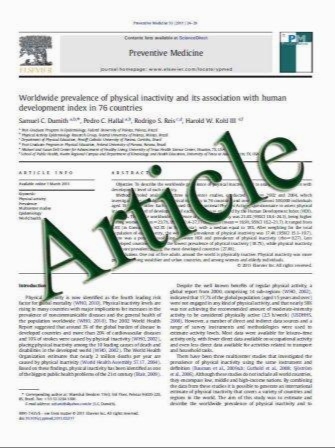Outcome of surgical treatment of arthrofibrosis following ligament reconstruction
- نوع فایل : کتاب
- زبان : انگلیسی
- مؤلف : Sinan Said • Svend Erik Christainsen • Peter Faunoe • Bent Lund • Martin Lind
- چاپ و سال / کشور: 2011
Description
Purpose Clinical outcome following surgical treatment and intensive physiotherapy was evaluated in patients with arthrofibrosis as a complication to varying knee-ligament reconstructions. Methods From 2003 to 2007, 31 patients underwent surgery for arthrofibrosis as a postoperative complication following knee-ligament reconstruction. Treatment for reduced range of motion consisted of forced manipulation or arthroscopic arthrolysis followed by intensive physiotherapy. Twenty-seven patients (12 men and 15 women; median age 35(12–70) years) were followed up. Objective examination, Pain, KOOS and Tegner scores were used to evaluate the clinical outcome at follow-up. Results Fourteen patients were treated with forced manipulation alone, and the remaining thirteen were treated with forced manipulation and arthroscopic arthrolysis. The patients’ median follow-up was 51 months (19–73 months). Median interval between primary surgery and surgical release was 4 (1–32) months. Median range of motion (ROM) improved from -0(0 to 20) to 0(?2–9) in extension deficit and from 90(40–145) to 130(90–155) in flexion. Mean KOOS score were symptoms 63, pain 72, ADL 77, sport 42, QOL 45. Median Tegner score was 4 (2–9). Conclusion Surgical arthrolysis combined with intensive physiotherapy improved range of motion to nearly normal values. Subjective outcome scores revealed relatively poor outcome levels compared to uncomplicated knee-ligament reconstruction. Predictors of poor outcome were global arthrofibrosis and greater than 6-month time interval from primary reconstruction and surgical release. Level of evidence Retrospective clinical case series, Level IV.
Knee Surg Sports Traumatol Arthrosc DOI 10.1007/s00167-011-1472-6 Received: 11 August 2010 / Accepted: 24 February 2011


